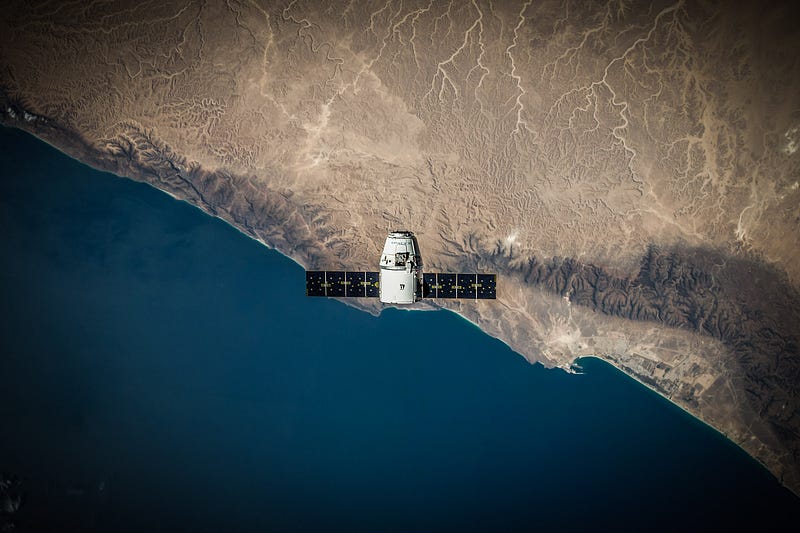Innovative Mapping Services Enhancing Ecological Research
Written on
Chapter 1: Introduction to Mapping Services
In the fast-evolving field of ecological research, staying abreast of mapping and data visualization technologies is crucial. As I strive to refine my R programming skills while keeping Python as a secondary tool, I often encounter situations where rapid online data presentation or map creation is essential for urgent projects. During the establishment of my initial data lab a few years back, I began tracking several companies that streamline data visualization and mapping processes.
Section 1.1: The Importance of Effective Communication in Science
For organizations focused on ecological issues, utilizing sophisticated analytical and visualization tools has proven to be a powerful alternative to conventional paid mapping software. Redirecting resources effectively is vital, and the availability of APIs can be a game changer.
Subsection 1.1.1: Spotlight on Vizzuality

I have been following Vizzuality for a considerable time due to its unwavering commitment to conservation, environmental sustainability, and development. Their web-GIS applications are not only user-friendly but also highly detailed. Vizzuality collaborates with various organizations, NGOs, and governments to monitor deforestation, climate change, and vulnerable resources.
Innovation: In 2016, Vizzuality launched the Global Forest Watch project, which played a crucial role in detecting illegal deforestation. Mongabay leveraged data from this initiative to reveal unauthorized logging activities by United Cocoa in Peru, providing irrefutable evidence that led to the cessation of these operations.
Research: Vizzuality is also a partner in the Global Partnership for Sustainable Development Data.
Medium: @vizzuality-blog
Section 1.2: Mapbox: A Tool for Rapid Web-GIS Projects
What I appreciate about Mapbox is its ability to facilitate quick completion of web-GIS projects without requiring expert knowledge. Maps serve as the primary tool for visualizing ecological data, particularly regarding species distribution, movements, environmental conditions, and land usage. After years of using Esri/QGIS and discovering various free web-GIS resources, I found Mapbox to be an excellent platform for fostering a research community.
Innovation: Mapbox supports cross-platform integration with several environmental mapping entities, assisting numerous companies across various industries. For example, Vizzuality utilizes Mapbox along with Carto and Planet to establish diverse web-GIS servers.
Research: During the Covid-19 pandemic, Mapbox significantly contributed by aiding thousands of communities. One noteworthy initiative is EarthRanger, designed to provide management solutions for conservation areas. It helps rangers and ecologists track historical wildlife data in real-time, which is crucial for addressing human-wildlife conflicts like poaching.
Chapter 2: Planet: Revolutionizing Geospatial Data
The first video, "Mapping and measuring ecosystem services - Public lecture by Dr. Tim Cadman," explores the significance of mapping in understanding ecosystem services and their impact on conservation efforts.
Planet, similar to Mapbox, provides a comprehensive mapping API that allows users to address environmental crises effectively. With its suite of real-time high-resolution geospatial data, Planet empowers ecologists to leverage daily updated data in their research endeavors.
Innovation: Planet democratizes access to commercial satellite imagery, a crucial advancement in the rapid response needed for climate change science.
Research: Planet collaborates with local governments to monitor environmental changes, providing high-resolution imagery that informs decision-making regarding climate adaptation. Daily updates are essential for tracking alterations and implementing necessary adjustments in resource management protocols.
The second video, "Who Does Mapping Serve? GIS in Environmental Justice and Climate Change Research," discusses how mapping technologies serve various stakeholders in addressing social and environmental challenges.
If you found this article insightful and wish to explore more on Medium's platform, consider subscribing for unlimited access for just $5 a month. Your support helps me continue writing.
Latest:
What are Spatial and Temporal Patterns in Ecology?
Engaging with life and science to enhance ecological literacy.